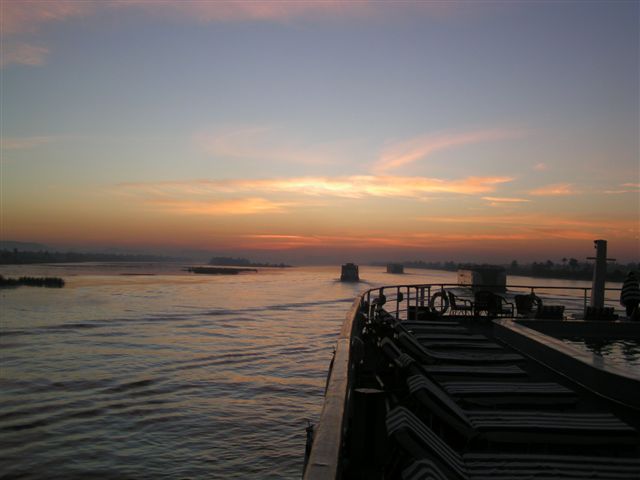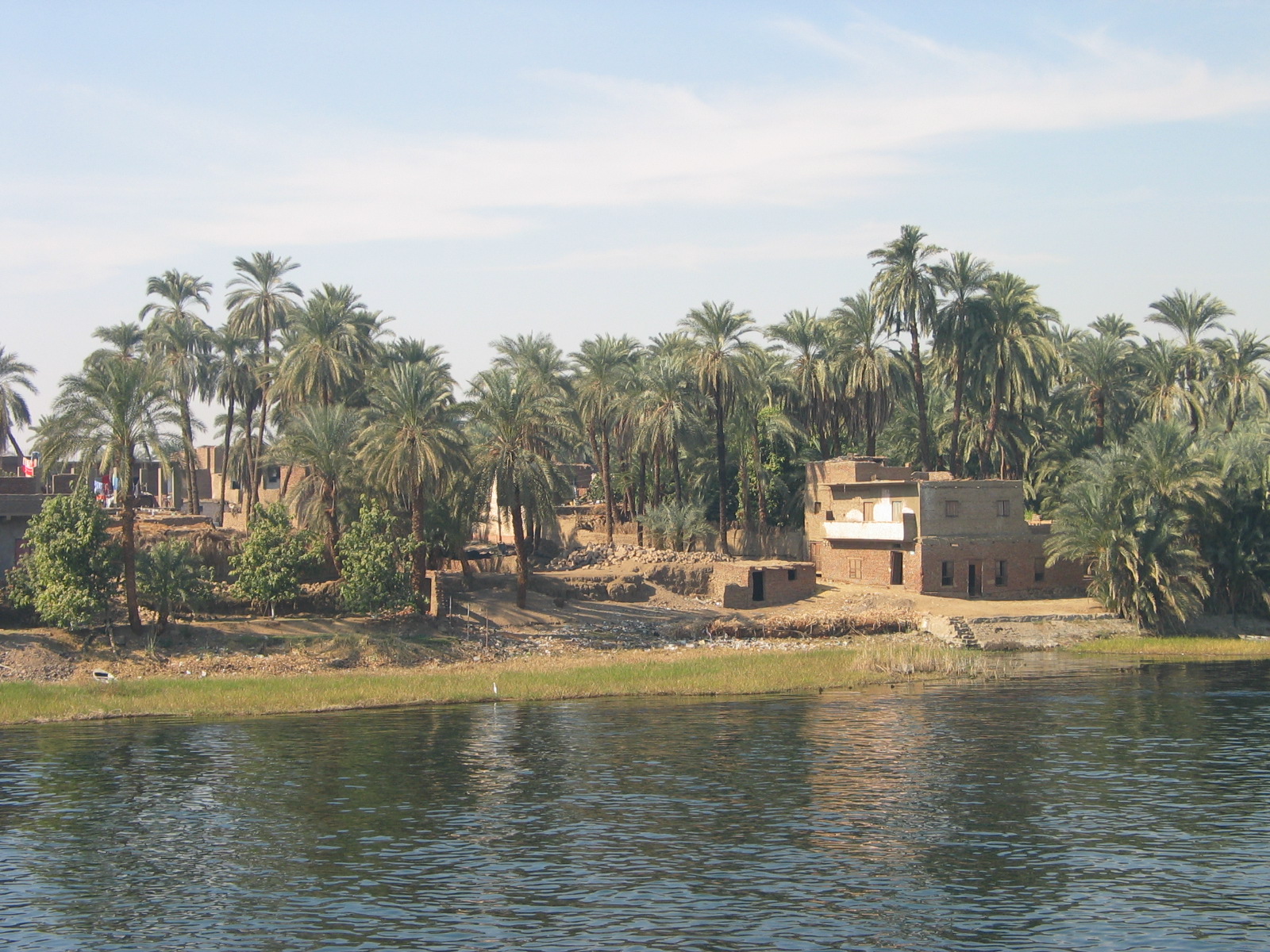The Nile has always played an integral role in the lives of Egyptians, and the ancients had a unique way of interpreting stories of the river. It is the longest river in the world flowing 6695 kilometers (4184 miles) from the eastern interior to the Mediterranean Sea. The sources are Lake Victoria in Uganda and Lake Tana, in Ethiopia. The most interesting feature is it flows south to north, and as it approaches the sea it fans out into a series of marshy canals called the Delta.
If you can visualize the river flowing in this manner it becomes logical that the ancient Egyptians saw this as Upper Egypt (up River) which is the southern region and Lower Egypt (down river) the northern section. It is thought this idea began in the pre-dynastic period ranging from 5500 BC to 3100 BC. Throughout this time two distinct cultures formed. Sometime around 3100 BC the two regions began to unify under the reign of King Narmer’s dynasty 0.
Still today the Nile is described as Upper (south) and Lower (north). The current population of Egypt is 82,000,000 and 98% live along the river.
Off the bow of our boat, January 2009.
Cruising the Nile, January 2009.


